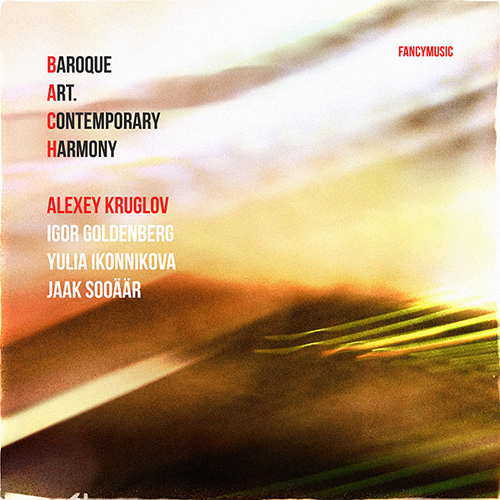
Музыка Баха вечна. Новшества идеолога свободной полифонии оказали огромное влияние на историю музыки и её развитие. С каждой эпохой находки гениального немецкого композитора обретают все новое и новое измерение. В XX веке идеи Баха сыграли большую роль в становлении джаза, в частности, в формировании стиля би-боп и расширении его мелодико-гармонического пространства. За 20 лет джаз прошёл дорогу от собственного барокко до авангарда, повторив путь классики, проделанный ею за несколько столетий.
Новоджазовая эстетика близка инновациям актуальной академической музыки – оба направления, при всей их разности, идут рядом, взаимообогощая друг друга. При этом импровизационная музыка, переосмысливая творчество композиторов-новаторов прошлых лет и используя их богатый опыт, становится своеобразной “новой полифонией”. В объединении традиционного и экспериментального, четко-выверенного и непредсказуемо-спонтанного, лиризма и экспрессии, напевности и сонорики, в движении полярных стихий навстречу друг другу заключается одна из главных идей программы. Хотя пьесы в своей последовательности на первый взгляд не связаны единой нитью и представляют ряд контрастных образов-настроений, архитектоника альбома может дать целостную, многогранную картину, в которой путь от барокко до свободной импровизации образует художественную линию, где монограмма в качестве особого символа становится центром проекта, зерном его драматургии, своеобразным кодом, воплотившимся даже в названии релиза, кодом, во все века являющимся “современной гармонией” и сподвигающим музыкантов искать вдохновение в произведениях Иоганна Себастьяна Баха – величайших образцах искусства барокко.
Алексей Круглов
Bach‘s music is eternal. The findings of the ideologist of the Baroque polyphony had a huge impact on the history of music and its development. With each era the discoveries of the genius German composer are opening new dimensions. In the twentieth century, Bach‘s ideas played a major role in the development of jazz, in particular, in the formation of bebop style and the expansion of its melodic and harmonic space. For 20 years, jazz has traveled from its own Baroque to avant-garde, repeating the path of classical music, which it had been traveling through over several centuries.
The new-jazz aesthetics is close to innovations of the contemporary academic music: both directions, with all their differences, are developing simultaneously, enriching each other. At the same time improvisational music rethinks the creativity of innovative composers of past years and uses their rich experience, becoming a kind of “new polyphony”. One of the main ideas of the album is to unite and show movement of the polar elements, such as traditional and experimental, clearly-verified and unpredictably-spontaneous, lyricism and expression, melodiousness and sonorism, towards each other. Although the pieces in their sequence are not connected by a single thread at first sight and represent a number of contrasting mood images, the architectonics of the album can give a holistic, multifaceted picture in which the path from Baroque to free improvisation forms an artistic line where the monogram becomes the center of the project. This monogram is treated as a special symbol, the grain of the album’s dramaturgy, a kind of code embodied even in the name of the release, a code that in all ages is considered as “contemporary harmony” and that encourages musicians to seek inspiration in Johann Sebastian Bach’s works – the greatest examples of Baroque art.
Alexey Kruglov, translated by Oleg Krokhalev